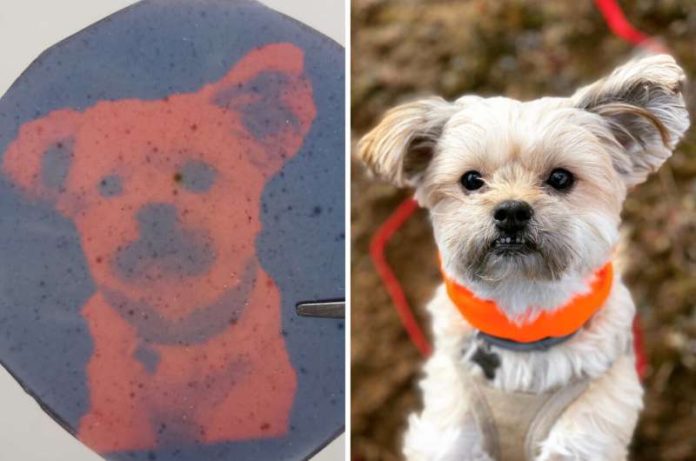
Imagine doctors being able to hold a small cube in their hands that contains a three-dimensional image of a patient’s heart or brain, captured from medical scans.
Once the scan is no longer needed, a quick burst of heat could erase the image, making the cube ready to be used again.
This could soon be a reality thanks to an exciting new technology developed by researchers at Dartmouth College and Southern Methodist University (SMU).
A recent study published in the journal Chem describes this breakthrough, where light is used to create detailed 3D images inside a special plastic.
The process is both simple and innovative: the image is “written” using light and can be “erased” with heat or another type of light, allowing the material to be reused over and over.
This new method involves a special light projector that engraves images inside any plastic that contains a photosensitive chemical, developed by the research team. The image stays in the plastic until it’s erased by applying heat.
The team’s leader, Ivan Aprahamian, a professor of chemistry at Dartmouth, explained that this technology could be incredibly useful in many fields, from medicine to architecture, education, and even art.
The idea is similar to 3D printing, but with a twist: the images are temporary and can be removed, making it possible to use the same piece of plastic repeatedly.
This makes the technology not only innovative but also environmentally friendly.
Aprahamian highlights that the system doesn’t require complicated virtual reality equipment or other high-tech tools. All that’s needed is the right kind of plastic and their new chemical additive.
The key to this technology is a special chemical “switch” that reacts to light. This switch is made from a compound called azobenzene combined with another substance called boron difluoride, which improves its optical properties. When this switch is added to a clear plastic, it reacts to red and blue light from the projector.
Here’s how it works: Red light acts like an ink, “printing” the image inside the plastic by activating the chemical switch.
The blue light, on the other hand, can erase the image when it’s no longer needed. The projector shines light into the plastic from different angles, creating a 3D image by combining slices of a 2D image, like layers of a chest X-ray.
The researchers have already succeeded in producing animated images in plastic, and they are now working on improving the technology to make the images sharper and clearer. While there’s still work to be done, the technology is already at a stage where it could be used in real-world applications, such as in healthcare or industry.
This groundbreaking development could change the way we visualize complex data, making it easier to create, view, and erase 3D images in a variety of settings.



